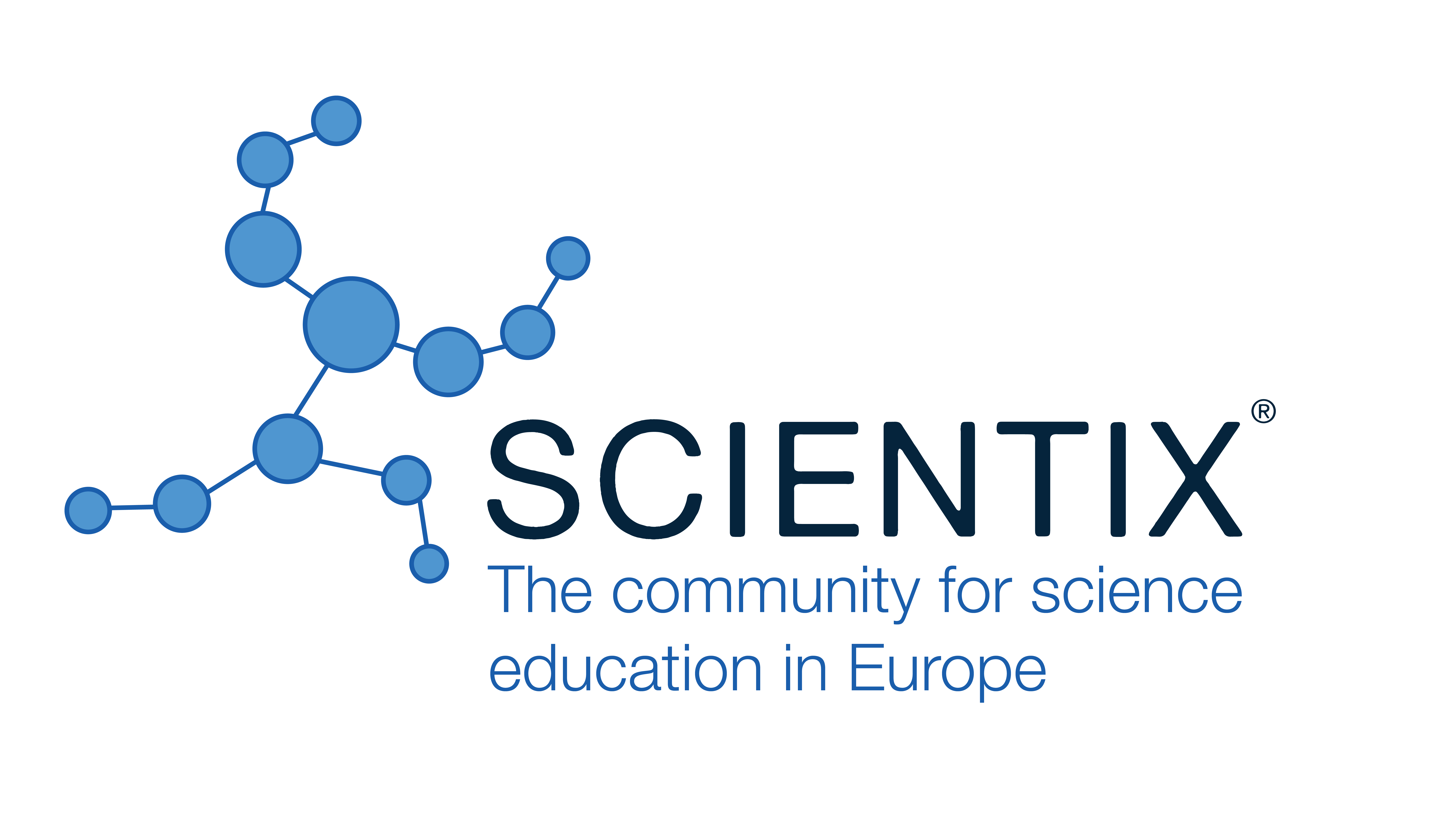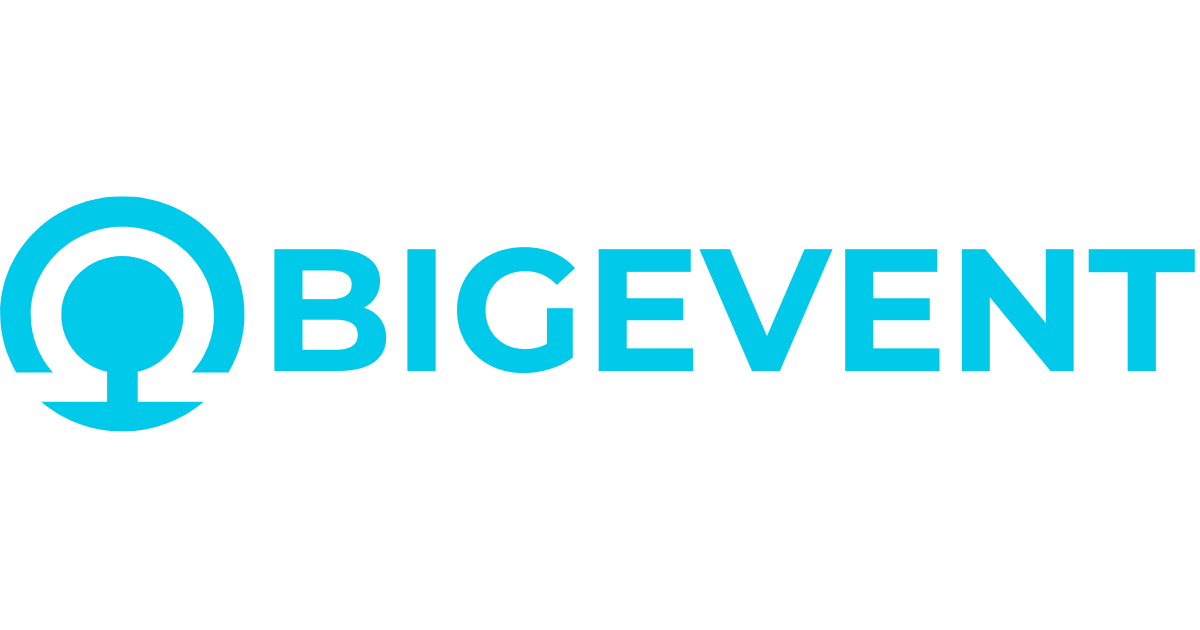Develop the Cognitive and Linguistic Ability of Children Linguistically Retarded Using Imagination
Yassmin Khaled Khaled Helmy Dahroug, Ain Shams University - Cairo (Egypt)
Abstract
The study problem: The study problem was identified in the following questions:
1. To what extent does the cognitive and linguistic ability of children with language delay vary according to the variance of the families' economic and social level?
2. The possibility of developing the cognitive and linguistic abilities of children with language delay by using imagination?
The study objectives:
1. Detect the variance of:
a) The cognitive and linguistic ability according to the variance of economic, social and educational levels.
b) Develop the cognitive and linguistic ability of children with language delay by using imagination.
The study terminology:
The cognitive ability
The linguistic ability
The language delay
The imagination
The study hypotheses:
In light of the analysis of the objectives and the problem of the study, the hypotheses of the study can be provided.
1. The level of linguistic ability varies according to the pretest and posttest.
2. The level of linguistic ability varies according to the pretest and posttest.
3. The level of cognitive ability varies according to the pretest and posttest.
4. The level of cognitive ability varies according to the posttest and consecutive test.
The study methodology:
This study relies on both the descriptive and the experimental method to verify the validity of the hypotheses, as they the most appropriate methodologies to the hypotheses and sample of the study according to what has been confirmed by the previous studies.
The study sample and logic of its selection:
The study sample will be selected from among the children with language delay whose ages ranged between 5-7 years from among the males.
A pilot sample that includes (n = 40) which consists of children with language delay who attend the pediatric clinic at Abbasiya Hospital so that the demographic variables, the subject of the study, (age, gender, the economic and social level, intelligence and language) are identical.
The experimental sample: It consists of (n = 15) from among the children who obtained lower scores on the linguistic ability and cognitive abilities scale, taking into account the homogeneity of individuals with respect to the variables of age, gender, the economic and social level, intelligence and language and taking into consideration the homogeneity of
Abstracts need to be written in English, the length of the abstract needs to be between 170 and 450 words. Keywords and References must be included.
the sample in terms of demographic characteristics as well as taking into account that the sample is homogeneous and free from the chronic diseases.
The study tools: They include the following:
1. The language scale prepared by the researcher.
2. The cognitive ability scale prepared by the researcher.
3. The program (prepared by the researcher). The sessions can be formulated primarily as follows
- The first session: Getting acquainted with the researcher and the children and recognizing the objectives of the program, and applying the posttest.
- The second session: The game "I – definition of the pronouns".
- The third session: The feelings and how to express them.
- The fourth session: Understand how objects are used for different tools.
- The fifth session: Using the adjectives and verbs.
- The sixth session: Training on the imaginative play.
- The seventh session: Training on the problem solving method.
- The eighth session: A short story.
- The ninth session: Training to complete the missing.
- The tenth session: Putting a title for the story.
- The eleventh session: Imaginative Relaxation.
- The twelfth session: Choosing a title for the story.
- The thirteenth session: The problem solving method.
- The fourteenth session: Training on narrating the story.
- The fifteenth session: Arranging the sequential stories.
- The sixteenth session: Training on telling the story.
- The seventeenth session: Training on imaginative play.
- The eighteenth session: Training on problem solving.
- The nineteenth session: Training on completing the missing and solving mazes.
- The twentieth session: Training on understanding the seasons.
- The twentieth first session: Training on telling the storytelling.
- The twentieth second session: Training on the imaginative play.
- The twentieth third session: Training on the puppet theater.
- The twentieth fourth session: Evaluate the program and the closing session.
The study findings:
1. There are statistically significant differences at level (≥ 0.05) between the mean scores of the experimental group members in the total score of the language scale in the pretest and posttest.
2. There are no statistically significant differences at level (≥0.05) between the mean scores of the experimental group members in the total score of the language scale in the posttest and consecutive test.
3. There are statistically significant differences at level (≥ 0.05) between the mean scores of the experimental group members in the total score of the cognitive ability scale in the pretest and posttest.
There are no statistically significant differences at level (≥ 0.05) between the mean scores of the experimental group members in the total score of the cognitive ability scale in the posttest and consecutive test.
Keywords: Cognitive, linguistic, ability, children, imagination
References:
[1] Sherine Rtambraja (2017): Exploring the mechanism through wich peereffects operate in preschool to influence language Early childhood research auarterly sciencedivect. In journal childhood in psychology, U.S.A.
[2] Paul B. Tchnounwon (2021): Variation in the home language environment and early language, Journal child health care department.
[3] Nancy mather (2016): Woodcocok Johnson IV: Reports, Recommendat and Stratenies cognitive ability the university of Arizona, January 2016 medical psychology testing and measurement education Books.
[4] Ailpin Roberts (2015): Early intervention for toddlers with language delays national library of medicine.
 The Future of Education
The Future of Education





























